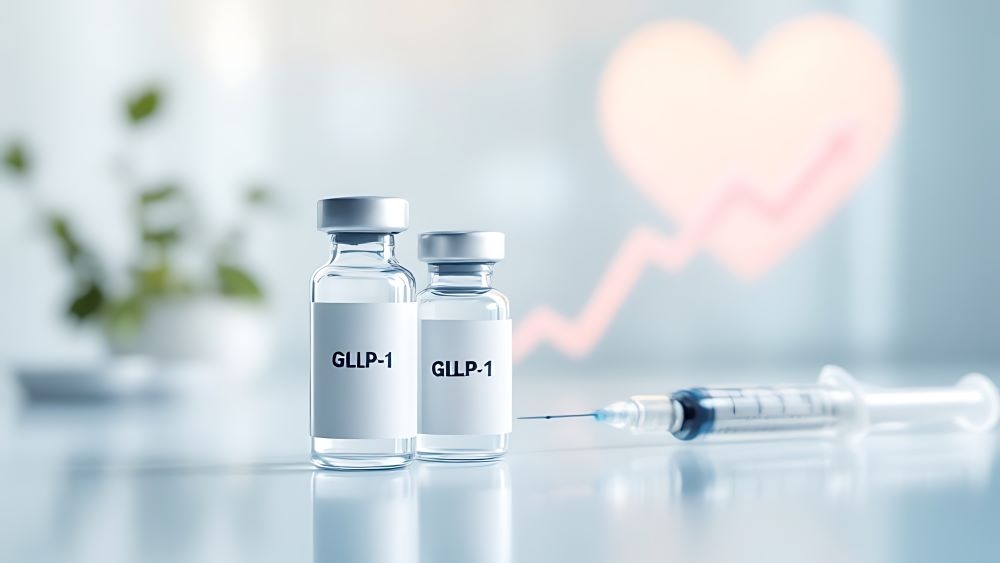Health Plan Coverage for Biosimilars

As health care costs continue to rise, employers and health plans are increasingly turning to biosimilars as a strategy to maintain access to high-quality care while managing expenditures. Biosimilar coverage among U.S. health plans has significantly expanded, particularly under Medicare. For commercial plans, coverage varies more widely and is heavily influenced by the strategies of major pharmacy benefit managers (PBMs). As such, you may want to learn more about biosimilars and how to make health care decisions about them.
This SSG Insight provides an overview of biosimilars, how they may be covered under health plans and their implications for personal health care decisions.
What Are Biosimilars?
Unlike generic drugs, biosimilars are not identical to their reference biological products (also called the brand-name counterpart or biologics) and aren’t created from synthesized chemicals. A biosimilar drug is a biological product produced from living organisms—humans, animals or microorganisms. Approved by the Food and Drug Administration (FDA), biosimilars are similar to the reference drug (a previously FDA-approved biologic) but have no significant clinical differences. Compared with biologics, biosimilars have the same strength, dosage and potential side effects and provide the same treatment benefits.
According to the FDA, biosimilars are safe and effective treatment options for many common illnesses, including chronic skin and bowel diseases (e.g., psoriasis, inflammatory bowel disease and Crohn’s disease), arthritis, kidney conditions and cancer.
The FDA rigorously evaluates biosimilars to validate their efficacy, safety and quality. The FDA has approved more than 70 biosimilars, but not all are commercially available. Around 40 are commercially available.
Health Plan Coverage Considerations
Health plan coverage for biosimilars is evolving rapidly as more therapies enter the market. Furthermore, biosimilars can be a deflationary factor. These are cheaper than biologics, which can allow them to be included in formularies and make them accessible for more patients.
Understanding how biosimilars are integrated into health benefits can help you navigate treatment options more effectively. Key considerations include the following:
- Formulary placement—Health plans typically organize medications into tiers that determine cost-sharing levels. Biosimilars are often placed on lower tiers than their reference biologics, which can result in significantly reduced copayments or coinsurance for plan members. However, formulary placement can vary by plan and PBM, so it is important to review your plan’s formulary annually.
- Administration and coverage—Coverage for biosimilars depends on how the drug is administered. Pharmacy benefits apply to self-administered biosimilars, such as an at-home injection. These are typically filled through retail or specialty pharmacies. Conversely, medical benefits apply to biosimilars administered by a health care provider. These may require prior authorization and are billed differently.
- Utilization management—Some health plans may implement strategies to ensure the appropriate use of biosimilars. These commonly include step therapy, prior authorization and quantity limit requirements.
- Substitution policies—The FDA considers some biosimilars “interchangeable.” Depending on health plan laws and state laws, pharmacists or providers may be permitted to substitute a biosimilar for its reference product without prior approval.
Making Health Care Decisions About Biosimilars
The following four steps can help you make informed health care decisions about biosimilars:
- Review the plan formulary. It’s important to first determine whether biosimilars are included in the health plan’s formulary and, if so, at what cost-sharing level.
- Consult health care providers. When discussing treatment goals with your health care provider, ask about biosimilar options, especially if you are starting a new biologic therapy or considering switching from a reference product.
- Understand cost implications. Once you understand what prescriptions are necessary for treatment, you can compare the out-of-pocket costs between biosimilars and reference biologics to ensure they’re within your budget. A health care provider can also help you weigh the clinical and financial implications of biosimilars.
- Ask about coverage policies. Inquire about any step therapy or prior authorization requirements so you clearly understand all requirements or processes that come with it.
Keep in mind that health plans may offer resources to help patients understand the clinical and financial benefits of biosimilars. This conversation may be necessary more than once because biosimilar coverage and availability can change as new products enter the market.
Conclusion
Biosimilars represent a valuable opportunity to enhance the sustainability of employer-sponsored health plans while maintaining access to effective treatments. By understanding how biosimilars are covered and utilized, you can make more informed health care choices that align with your clinical needs and financial situation.
For help understanding and strategically managing your benefit's plan, contact an SSG Advisor.

 Prev
Prev

